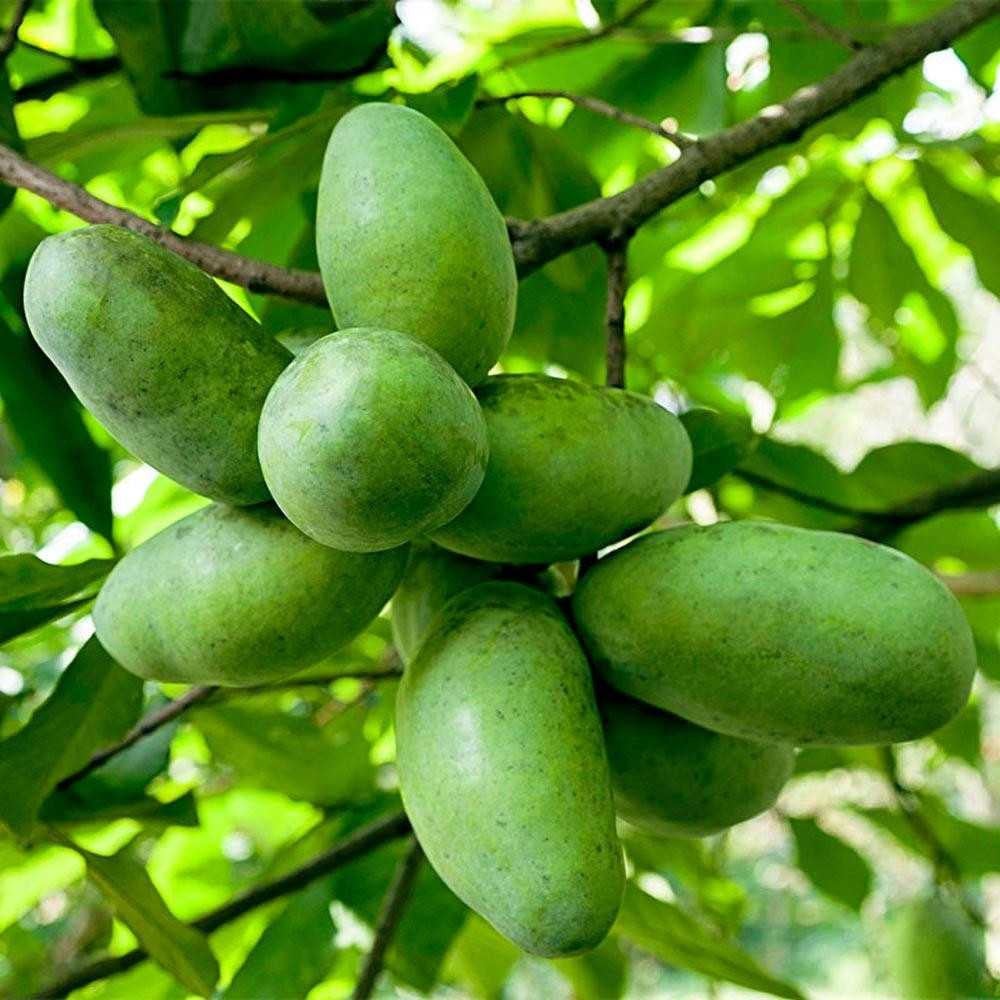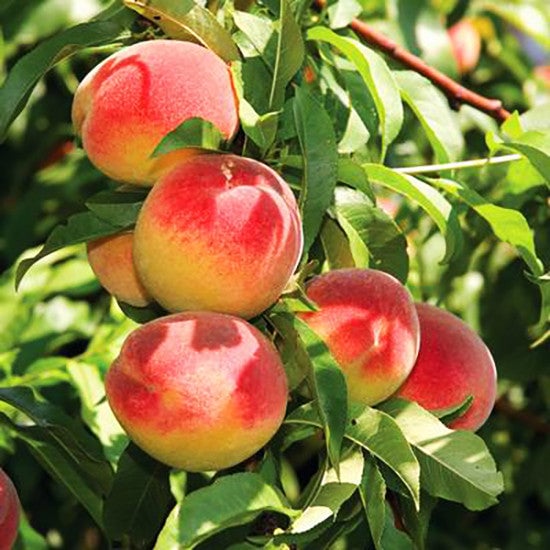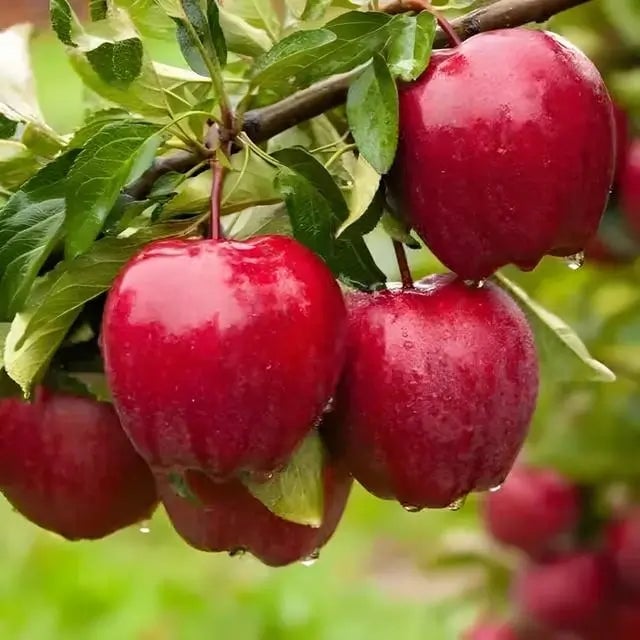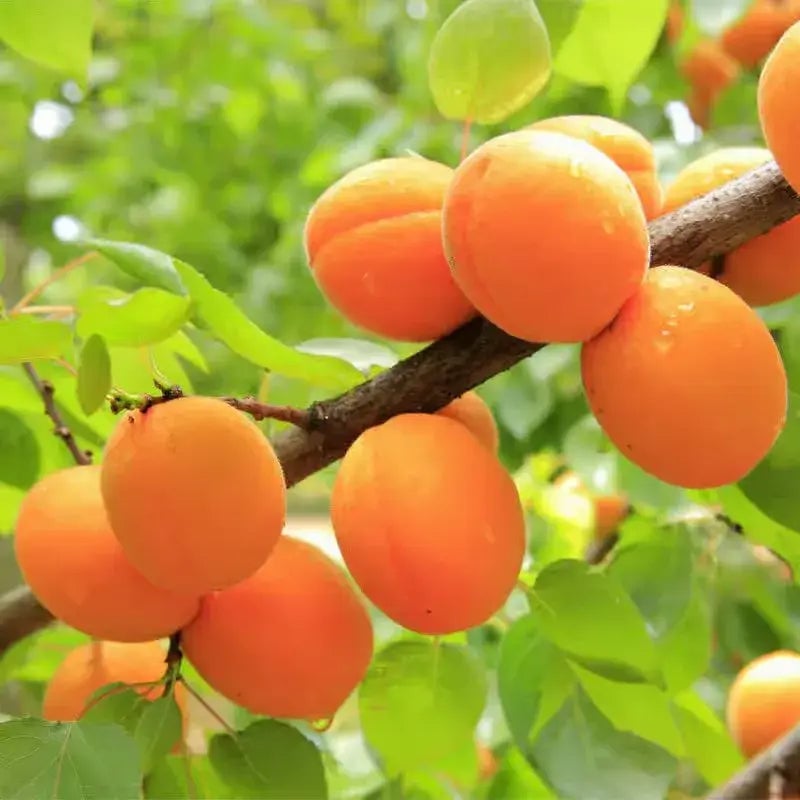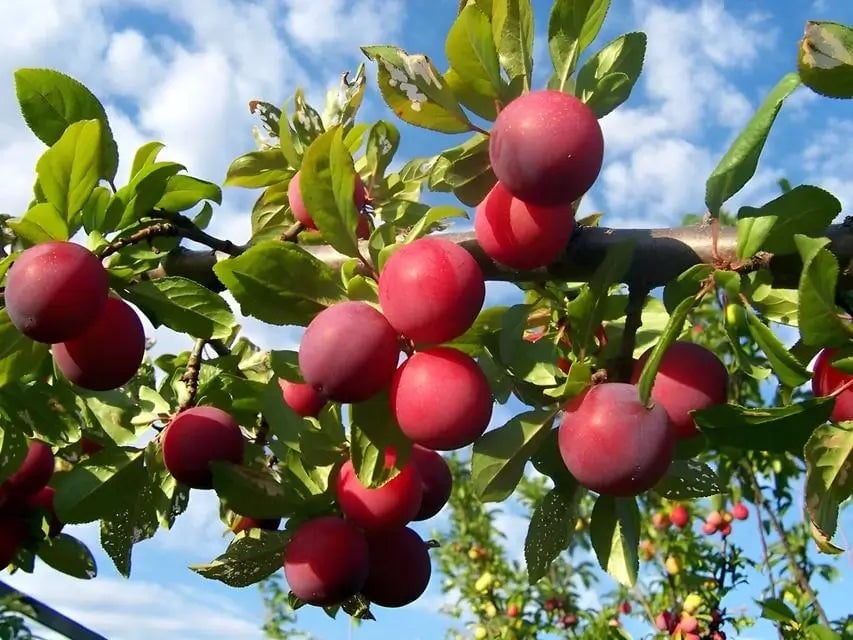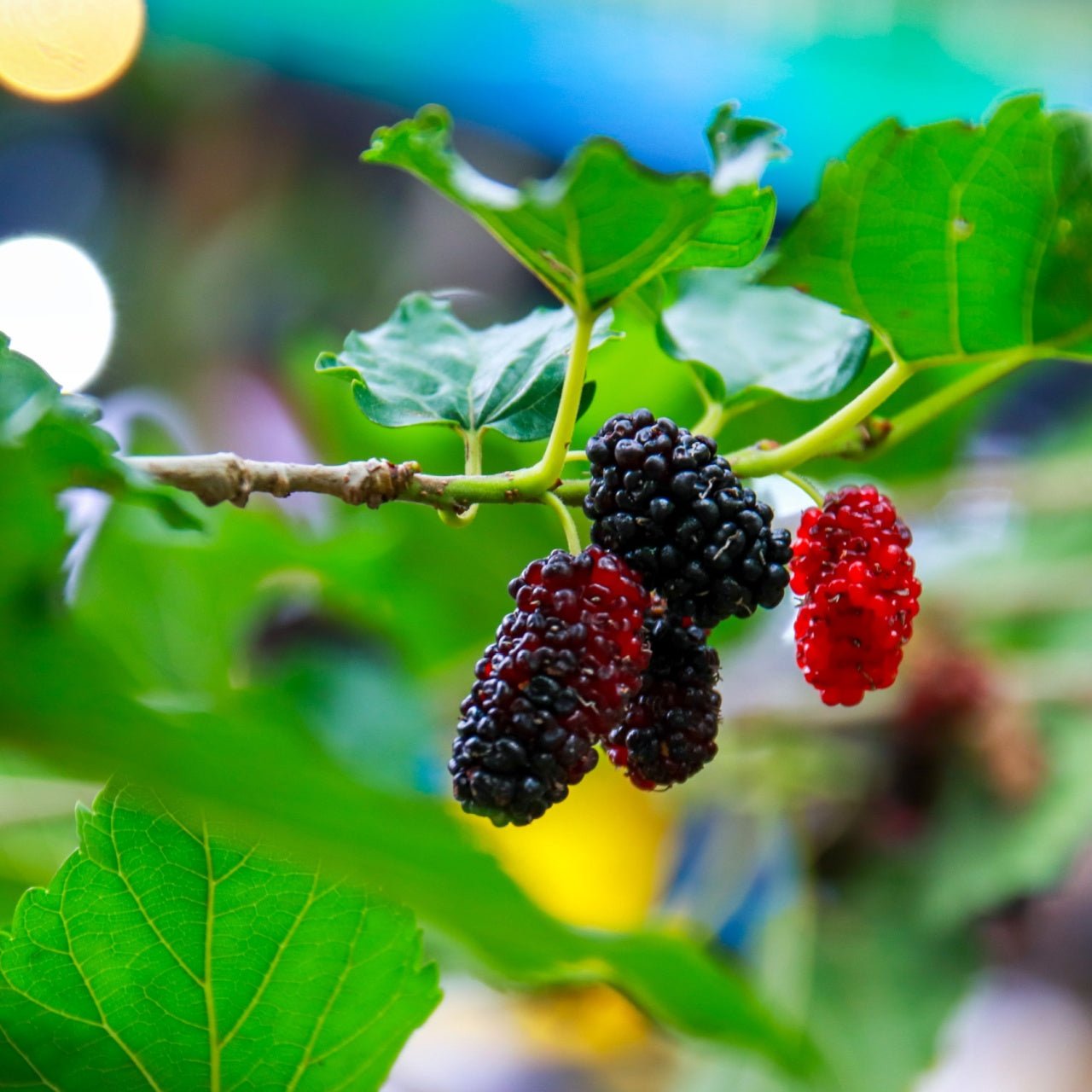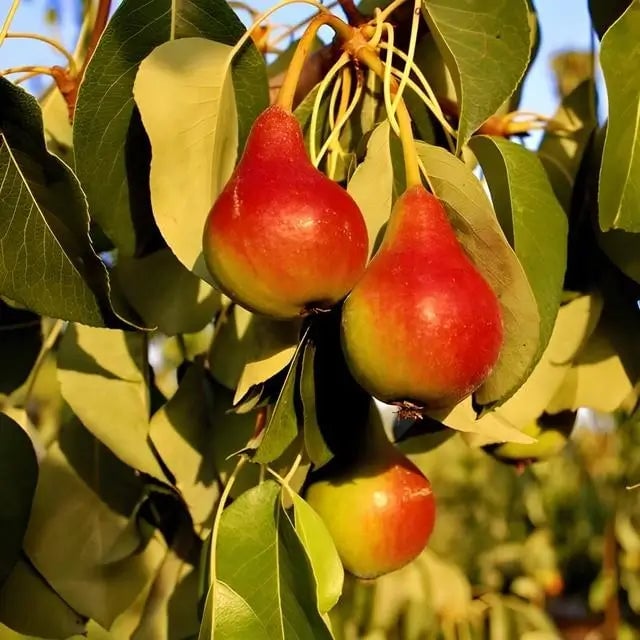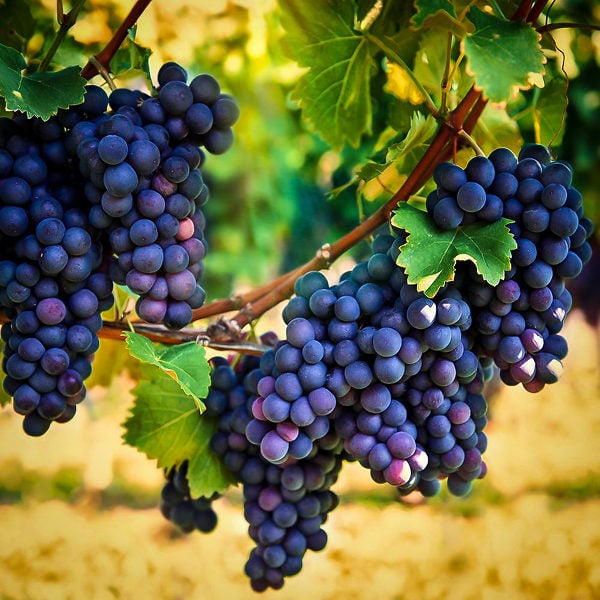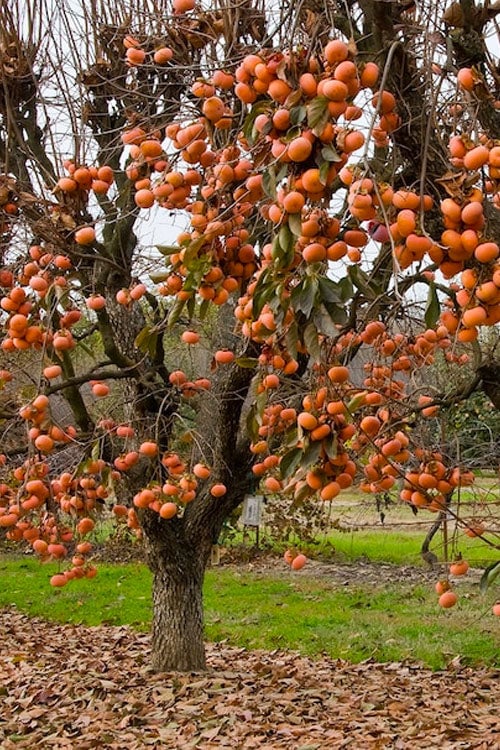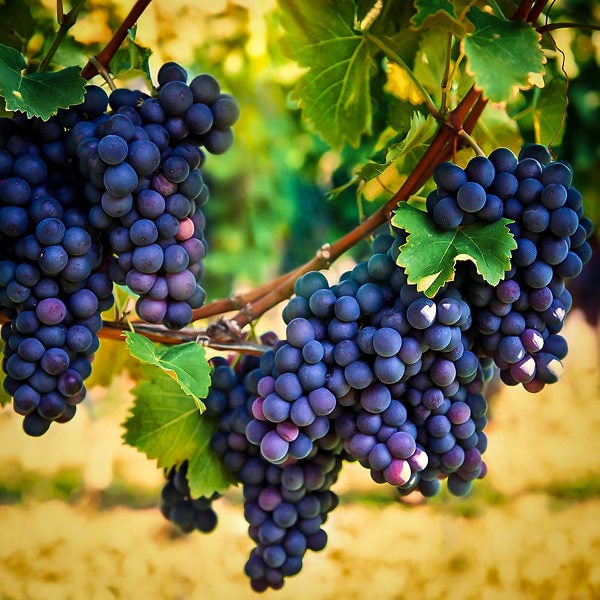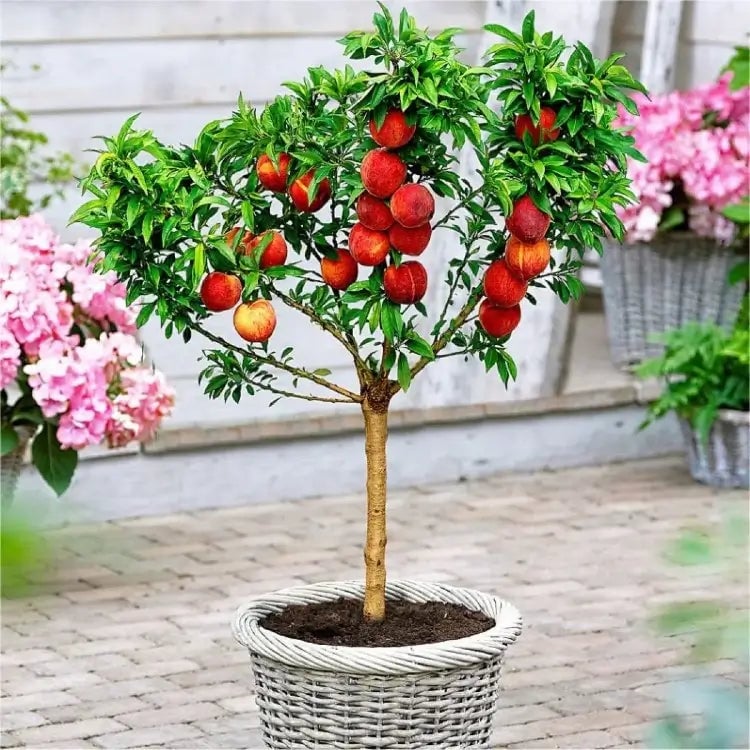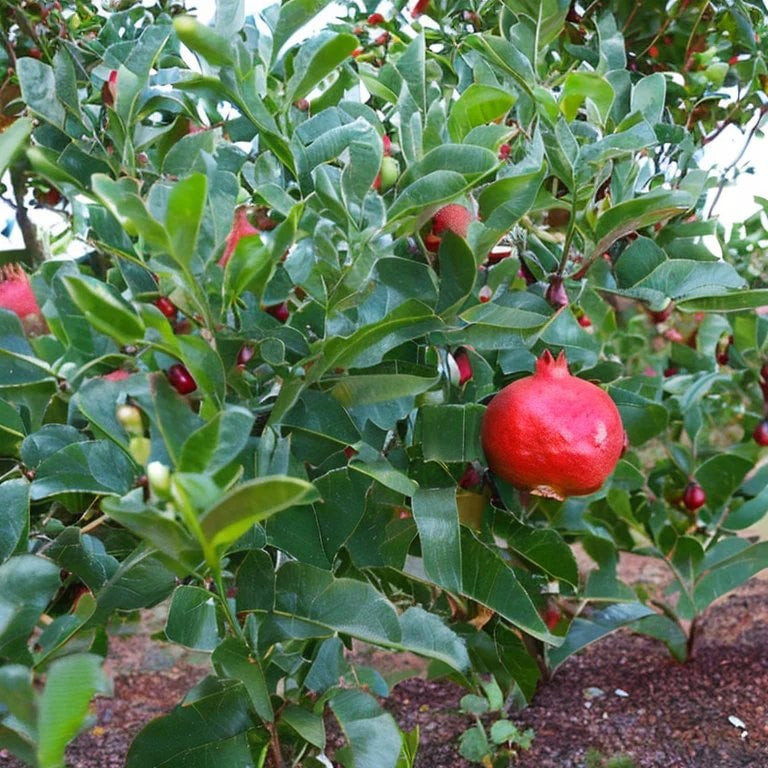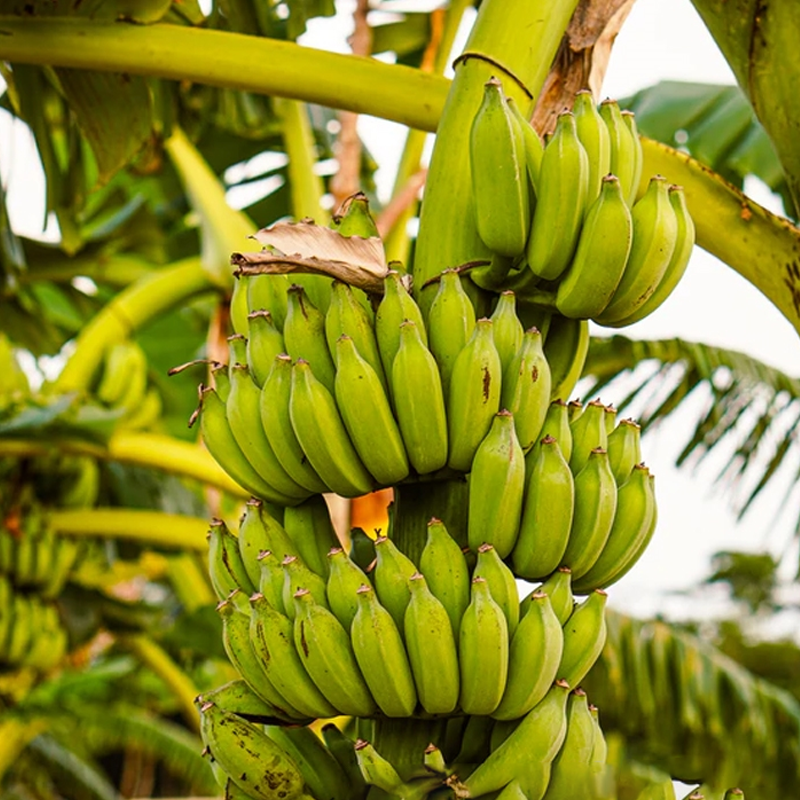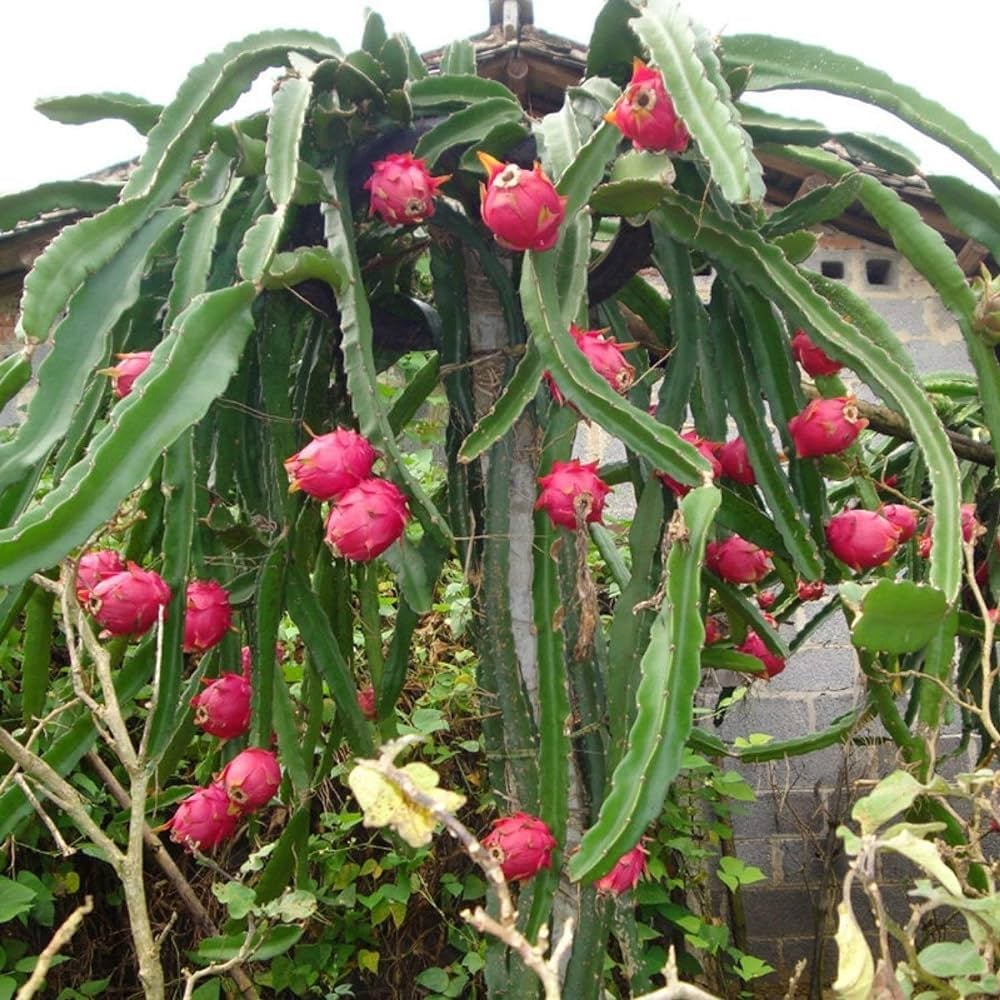Filters
Fruit trees from TN Nursery can be one of the most rewarding additions you can make to any backyard, garden, orchard, or winery. If properly cared for, they can still bear abundant produce decades from now. Our diverse selection of bare-root trees is ready to ship and can be immediately planted.
We Offer Many Types Of Fruit Trees
Fruits are delicious and great for your health, especially when you pick them right from your backyard. Picking apples, pears, figs, kiwi, or blackberries from your backyard and enjoying them as fresh as possible is a fun and rewarding experience. While fruit gardening may seem daunting for many, it is the opposite. Watching your fruit plants make beautiful white and pink blooms before they form fruit is a whole journey and experience that gardeners enjoy.
Have you ever considered growing fruit plants in your garden? If not, this is about time to rethink it. Whether you have a small garden, orchard, or winery, different types of fruit trees are available for all kinds of spaces.
At TN Nursery, we offer a range of fruit trees for sale. Whether you live in the northern Hemisphere, southern Hemisphere, mountainous region, or warmer region, we have a fruit tree for you to grow in your garden.
Featured Fruit Tree Collection
Nothing beats eating a crunchy and juicy apple right off the tree or enjoying scrumptious berries off the plants. So, based on your location and climate conditions, TN Nursery has a fruit tree sale for you.
If you live in a northern, southern, or mountain region, apples and pears are the best producers as they require high chill hours. Both these fruit trees are easy to grow and can be easily protected with organic methods.
Fruit Tree Figs Like Somewhat Warmer Climates
Conversely, for a warm climate with temperatures above 20 degrees in winter, growing trees that bear figs and strawberries. Once established, both figs and strawberries are easy to grow and rewarding.
In addition to these fruit trees, you can also find plum, elderberry, pawpaw, peach, apricot, and even grapevine in our fruit trees for sale collection.


